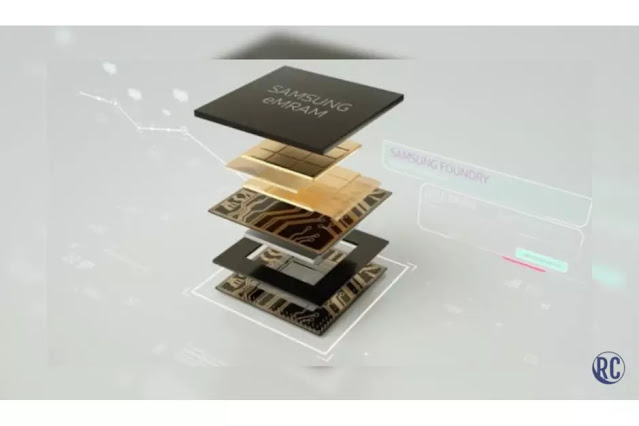Samsung has remained at the forefront of technological innovation, both in mobile and other electronic devices. This week, the Korean behemoth reaffirmed that reality by becoming the first business in the world to demonstrate a functioning in-memory computing process using MRAM.
The memory (or RAM) of a device, on the other hand, serves the conventional job of temporarily storing bits of data for the CPU to retrieve whenever it needs it. This memory allows for far quicker data transmission with the CPU than a storage drive, but it is also much smaller in size—4GB, 6GB, 8GB, or 16GB depending on your standard computing equipment.
However, there has been a lot of experimentation in the hunt for an efficient and effective in-memory computing solution for years. While other solutions have been established utilising different forms of RAM (such as PRAM or RRAM), MRAM in-memory computing has yet to be prototyped in a workable form, as SamMobile points out. At least until today, when Samsung has succeeded in producing the first prototype.
DRAM is used in modern smartphones and computers; MRAM is a completely different species.
DRAM, or Dynamic Random Access Memory, is the main memory of most of the computing devices we use on a daily basis, such as smartphones and PCs.
This sort of memory is dynamic and volatile, which means that it can only hold data as long as the device is switched on and a current is running through it, and it must be refreshed or overwritten on a regular basis to keep that data.
MRAM, or Magnetoresistive Random Access Memory, on the other hand, is a sort of non-volatile memory that can keep bits of data even when no electric current is flowing through it. Memory is stored using magnetic charges rather than electric charges, as is the case with regular RAM MRAM’s key advantage is its incredibly low power consumption, yet it has had problems integrating with present day technology, such as keeping write error rates low enough. Because of its low resistance, it is also more unfriendly to in-memory computing than DRAM.
MRAM technology, according to Samsung, will truly shine in artificial intelligence processing duties once it is further developed. Samsung’s in-memory computing method picked out individual faces in photos with a 93 percent accuracy rate, and it recognised handwritten numerals with a 98 percent accuracy rate when tested in AI applications.
Dr Seungchul Jung, one of the study’s principal authors, MRAM technology, according to Samsung, will truly shine in artificial intelligence processing duties once it is further developed. Samsung’s in-memory computing method picked out individual faces in photos with a 93 percent accuracy rate, and it recognised handwritten numerals with a 98 percent accuracy rate when tested in AI applications. Dr Seungchul Jung, one of the study’s principal authors, ” says




